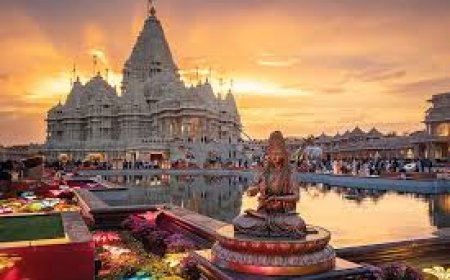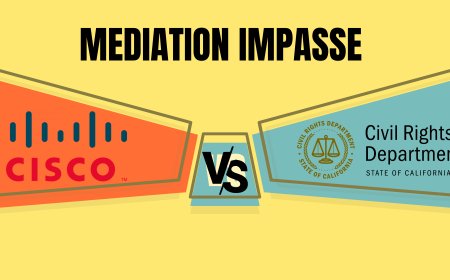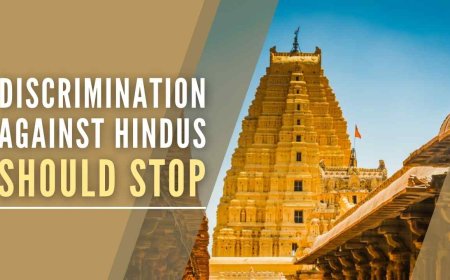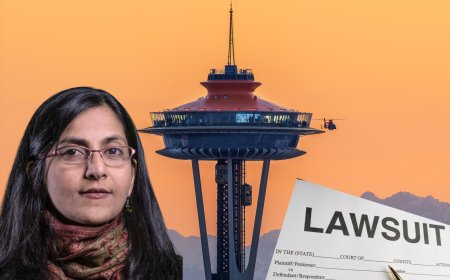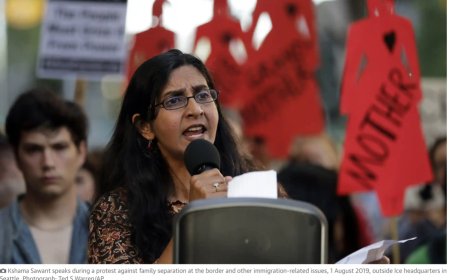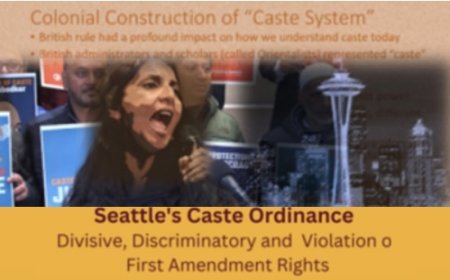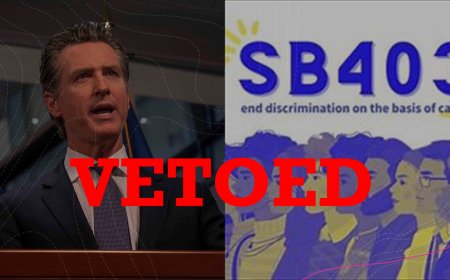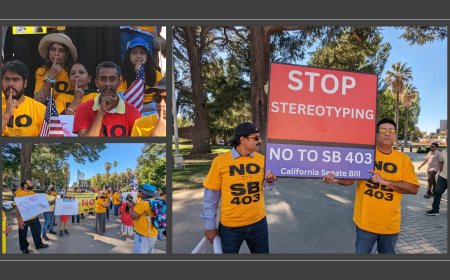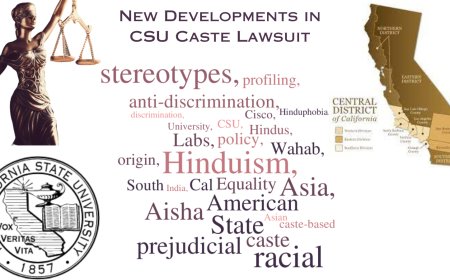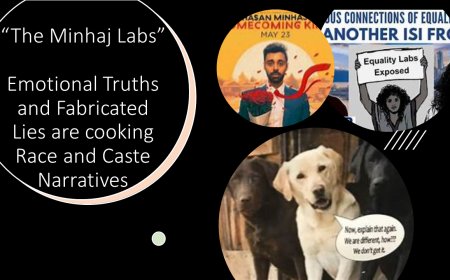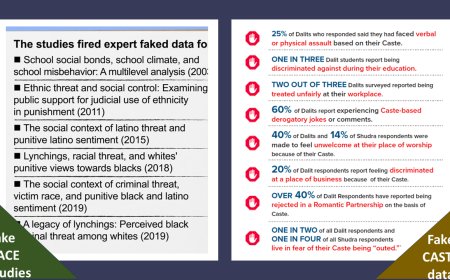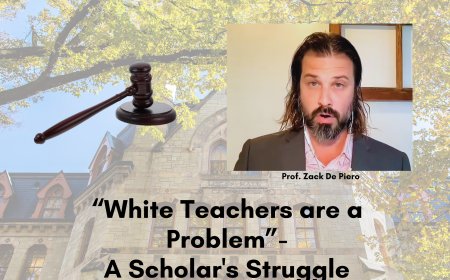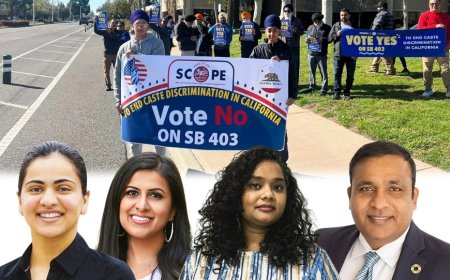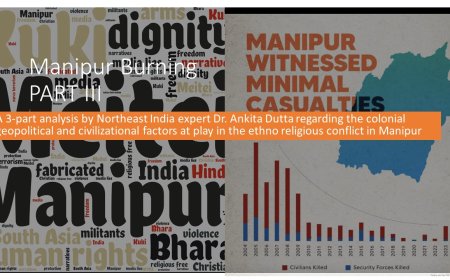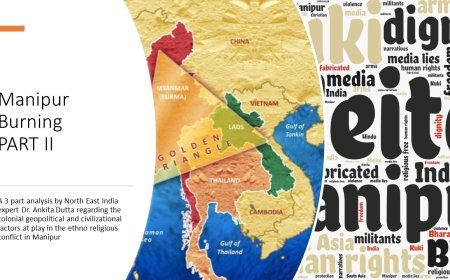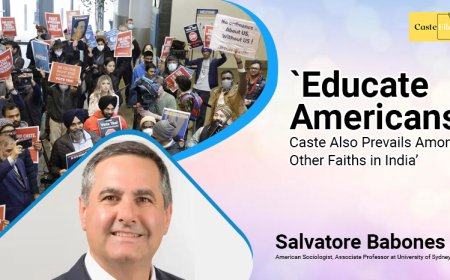Yog Maya - Rejecting the Illusory World of Caste and Yoga
Yog Maya – Rejecting the Illusory World of Caste and Yoga” critically examines how modern narratives distort India’s yogic traditions by forcing them through the lens of caste, patriarchy, and colonial guilt. This piece dismantles Anjali Rao’s ideological interpretations, defending yoga’s universality, discipline, and sacred rigor as a spiritual science beyond politics or social engineering.
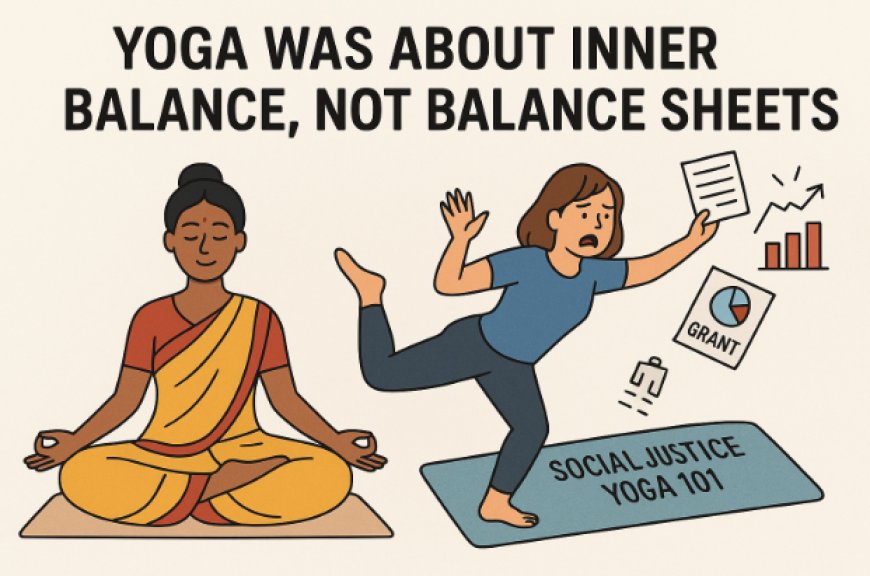
Prologue: A Small Victory for Truth and Tradition
First things First - Success stories from the Part I write-up. It is heartening to see that Part I of our analysis ([link]) sparked genuine reflection across platforms. Following its release and the ensuing social media discussions, two encouraging developments emerged as Success Stories.
First, Facebook posts that had distorted Hindu perspectives on Navaratri, yoga, and the so-called “oppressive Devi–Mahishasura” narrative were quietly taken down. It seems accuracy still matters when people are paying attention and we are grateful for that.
Second and more significantly, a reputed yoga publisher from the USA has decided not to publish Anjali Rao’s upcoming book. By Rao’s own admission, the publisher refused to publish. To quote her “This proposal was rejected by a major publisher because it was too complex. I did not want to oversimplify something so internalized as caste and patriarchy.”
This decision is both a relief and a reaffirmation of CasteFiles' criticism that overlaying mundane terms of caste and patriarchy onto something as sublime as yoga is travesty. There are still institutions that recognize the depth, dignity, and universality of Yoga, rather than reducing it to ideologically biased talking points, and we are grateful for that.
With that small but meaningful victory for intellectual honesty, we now turn to Part II of our analysis, where Rao’s distortions of yogic history and philosophy become even more striking.
Rao’s project is simple but audacious: take one of the world’s most refined spiritual sciences, strip it of context, and repackage it as a morality play about caste and oppression. She believes she’s uncovering hidden truths. What she’s actually doing is flattening a civilization into a caricature.
Quote 5
“India, the birthplace of yoga, was oppressed by both European and Asian colonial rule, and through its caste system, has also oppressed its own people.”
Rebuttal:
So, apparently, India was being simultaneously oppressed by Europe and Asia, while also oppressing itself through caste. It’s a timeline that would make even a Marvel multiverse blush.
Rao makes it sound as if yoga was born out of colonial trauma as though Patanjali sat under a pipal tree lamenting the East India Company. The Yoga Sutra predates colonialism by nearly two millennia. Conflating modern political guilt with ancient spiritual pursuit isn’t analysis; it’s historical cosplay.
As for “India oppressing its own people” that’s a sweeping moral indictment masquerading as sociology. Varna and Jati were complex, evolving social systems, occupational, regional, and often merit-based. They were not monolithic or immutable. Macaulay and colonial observers have noted the high level of literacy, riches, and sophistication of Indian architecture, culture and society, where no beggars were found. It resembles a modern America more than Rao’s concocted oppression stories.. Turning that into a one-line accusation erases centuries of complex history, the reform fluidity, and philosophical discourse on Indian society.
Quote 6
“The Brahmins were the teachers, and the boys from the royal family were the students... The Vaishyas, the Shudras, and the Dalits were increasingly discriminated against and excluded from access to knowledge, places of worship, and education.”
Rebuttal:
Ah, again, the “Brahmin-Kshatriya conspiracy”, a favorite of those who refuse to read historical accounts. Colonial records are meticulous in recording an almost, 90 -100% literacy rate in India upon their arrival. This was at a time when Britain had a literacy rate of 20% or less. By closing Indian Gurukuls the British ensured that after 200 years of their rule, India too had a literacy rate of 20% or less because no one could afford English medium education at that time. Gurukuls were on the other hand free, and free for all to access education in math, science and languages before moving on to apprenticeship.
Let’s be clear: not everyone could learn the Vedas, just like not everyone can walk into CERN and start tinkering with the Large Hadron Collider. Advanced study demands discipline, commitment, and readiness. That’s not exclusion; that’s eligibility.
The Guru–Shishya system wasn’t a social barricade; it was a pedagogical safeguard. It was specialization, not segregation. After all, Ibn Sina the great Arabic polymath has admitted to learning his mathematics from an Indian vegetable vendor, a sabziwala. That is the level of education Indian shudras had, they taught Arabic scholars!!
And the term “Dalit” didn’t even exist during the classical period Rao is referencing, it arose under colonial codification. Collapsing distinct epochs into one tidy oppression narrative is not scholarship; it’s an unintellectual shortcut.
Quote 7
“Thus, the Yoga Sutra was composed for, and meant for, the exclusive elite.”
Rebuttal:
So, the Yoga Sutra, a manual on dissolving ego and achieving universal liberation was meant for the “exclusive elite”? That’s a bold claim.
If exclusivity were the intent, why was the text preserved, translated, and shared across centuries and continents? Sanskrit was not a language of privilege; it was a tool of precision. You need training to use it well just as you need training to read quantum physics or classical Greek.
Rao mistakes adhikara (readiness) for elitism. Yoga was and remains open to anyone willing to undertake the discipline. The path was never barred; it was just steep. That’s the point.
Quote 8
“A CALL TO ACTION… by easing financial and social restrictions to yoga classes, by translating the wisdom of yoga texts to languages that are colloquial, and by increasing representation at all levels of decision-making in yoga organizations, we can move from ignorance to knowledge, silencing to amplification, oppression to liberation, and division to unification.”
Rebuttal:
And there it is, yoga as a DEI initiative. Liberation, apparently, can now be achieved through translation projects, subsidized studio fees, and representation quotas on yoga boards.
This is not a call to liberation; it’s the bureaucratization of transcendence. The Yoga Sutra teaches that bondage is internal and liberation (moksha) is self-earned. But Rao’s vision turns yoga into a corporate policy memo: “Inclusion metrics = enlightenment.”
Breath is free. Stillness is free. Meditation requires neither permission nor a payment plan. Turning yoga into a diversity spreadsheet is not progress, it’s parody.
Final Word
What Rao consistently substitutes for insight is ideology. She misreads mentorship as exclusion, Sanskrit as elitism, and readiness as privilege.
Yoga Vidya is “Brahm Vidya”, knowledge of the highest reality. It is universal, but not casual. It demands discipline, humility, and a willingness to transform. That is not gatekeeping; that is sacred rigor.
Her forthcoming book, if modeled on this same ideological scaffolding, will likely serve as a case study in how to misread a civilization through the lens of modern politics.
Yoga cannot be reduced to identity politics or social engineering. Liberation cannot be legislated, subsidized, or translated into buzzwords. Rao’s article, like much of what passes for “decolonial yoga” discourse today, reminds us precisely why adhikara (readiness) matters.
Yoga isn’t an industry or a social movement. It’s an inward science. And no amount of performative activism can replace the one thing every true yogi learns early on: practice, not politics, is the path.
